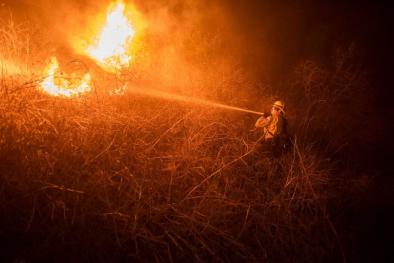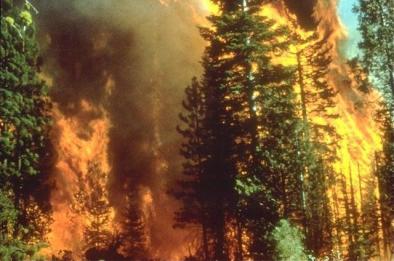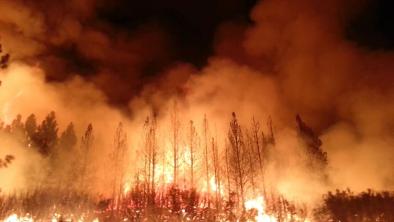Estimated Mortality and Morbidity Attributable to Smoke Plumes in the United States: Not Just a Western US Problem
Study key findings & significance
- Smoke, from both western wildfires and local sources, may be more harmful to residents in the eastern United States than many think.
- The researchers looked at the effects of a pollutant called PM2.5, or particulate matter with diameters smaller than 2.5 microns. These tiny particles can enter lungs and exacerbate or lead to numerous health problems, from respiratory illnesses to heart disease.
- Over most of the past decade, researchers found that about three-quarters of all smoke-related cases of asthma visits to emergency departments and deaths occurred east of the Rocky Mountains, due to higher population densities. Incidences of asthma-related hospital visits were the highest from April to August.
Author quotes
“Smoke is not just a western problem. We think there might be a lack of awareness in the East because you’re not in proximity to these large wildfires and they don’t really impact your day-to-day."
“We project that smoke or its fires are going to be the dominant source of these [PM2.5] particles in the United States by the end of the 21st century. We have this increasing threat to our air quality and health of these wildfires and smoke, and so we wanted to try and understand and quantify the burden that smoke poses to health in the United States.”
Katelyn O’Dell, lead author of the study and postdoctoral research scientist at George Washington University
Abstract
As anthropogenic emissions continue to decline and emissions from landscape (wild, prescribed, and agricultural) fires increase across the coming century, the relative importance of landscape-fire smoke on air quality and health in the United States (US) will increase. Landscape fires are a large source of fine particulate matter (PM2.5), which has known negative impacts on human health. The seasonal and spatial distribution, particle composition, and co-emitted species in landscape-fire emissions are different from anthropogenic sources of PM2.5. The implications of landscape-fire emissions on the sub-national temporal and spatial distribution of health events and the relative health importance of specific pollutants within smoke are not well understood. We use a health impact assessment with observation-based smoke PM2.5 to determine the sub-national distribution of mortality and the sub-national and sub-annual distribution of asthma morbidity attributable to US smoke PM2.5 from 2006 to 2018. We estimate disability-adjusted life years (DALYs) for PM2.5 and 18 gas-phase hazardous air pollutants (HAPs) in smoke. Although the majority of large landscape fires occur in the western US, we find the majority of mortality (74%) and asthma morbidity (on average 75% across 2006–2018) attributable to smoke PM2.5 occurs outside the West, due to higher population density in the East. Across the US, smoke-attributable asthma morbidity predominantly occurs in spring and summer. The number of DALYs associated with smoke PM2.5 is approximately three orders of magnitude higher than DALYs associated with gas-phase smoke HAPs. Our results indicate awareness and mitigation of landscape-fire smoke exposure is important across the US.
Related Content






